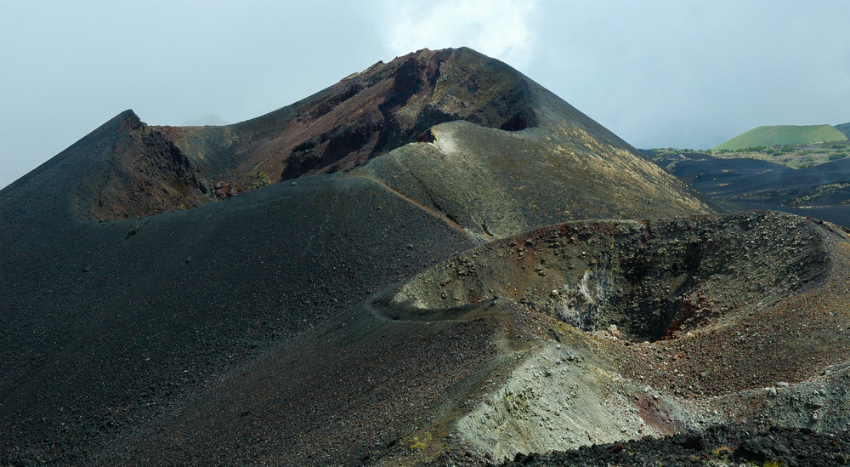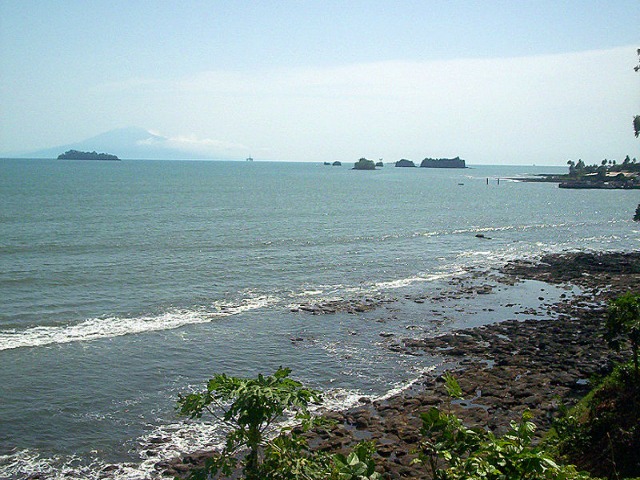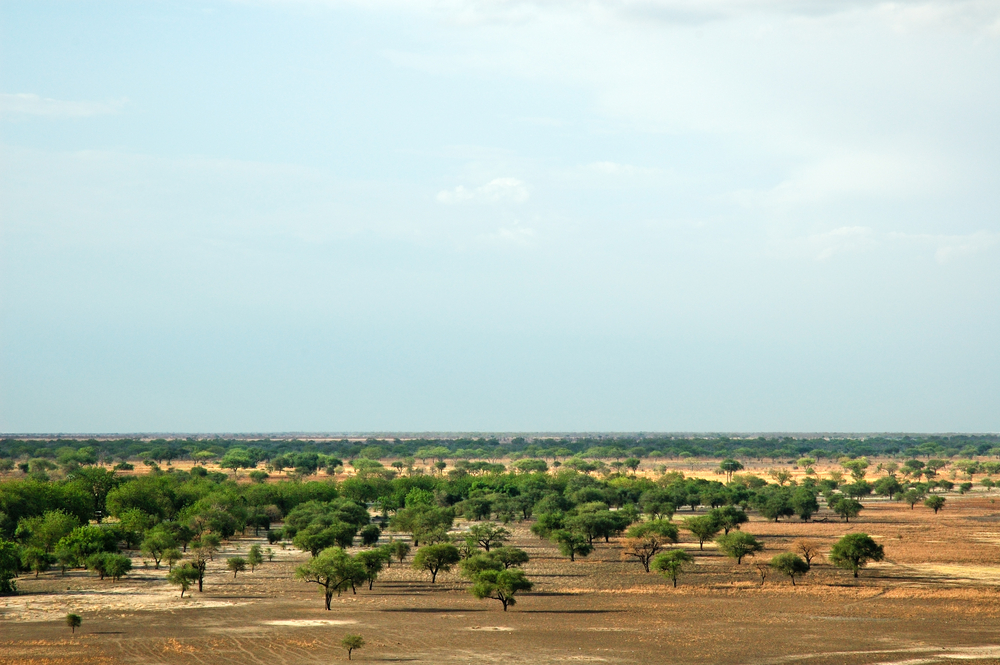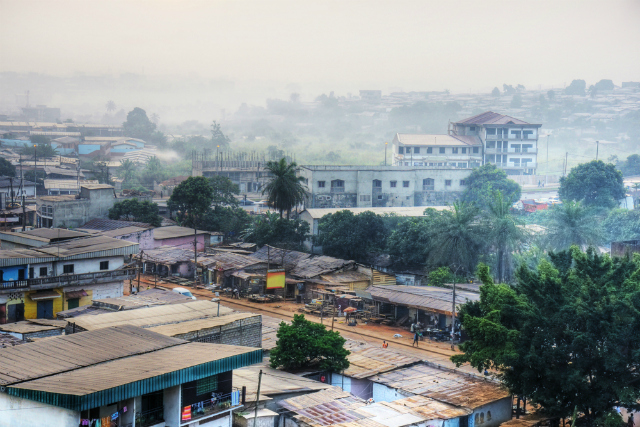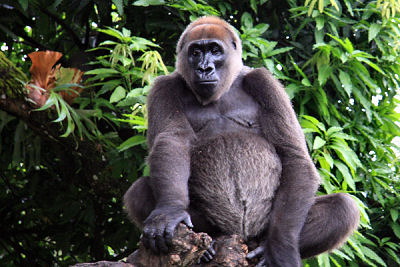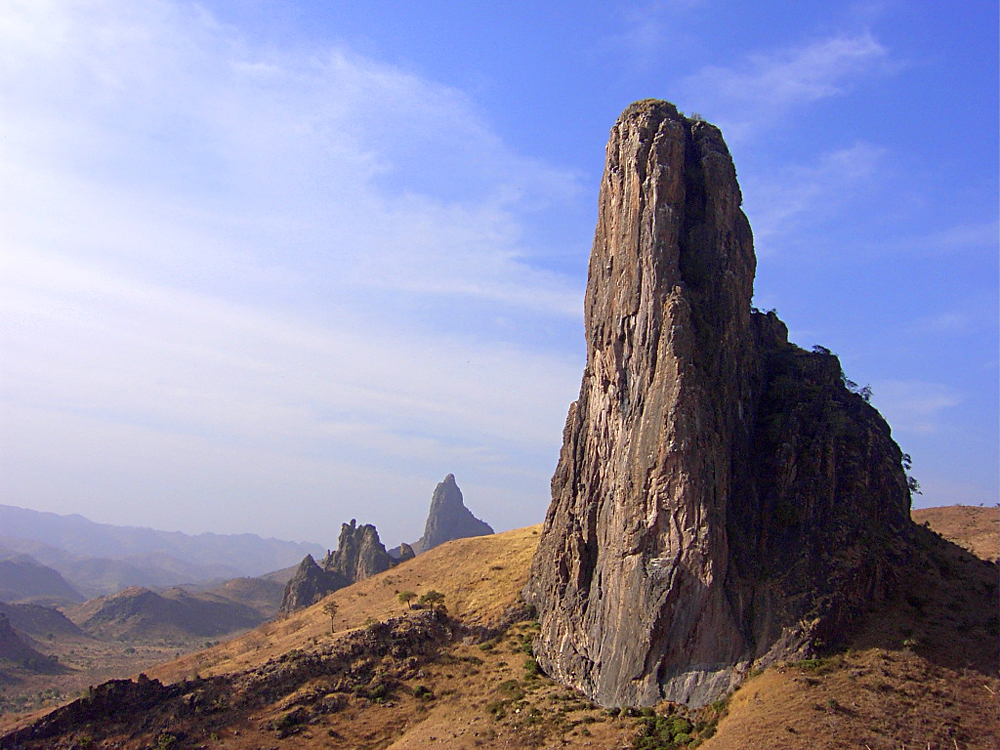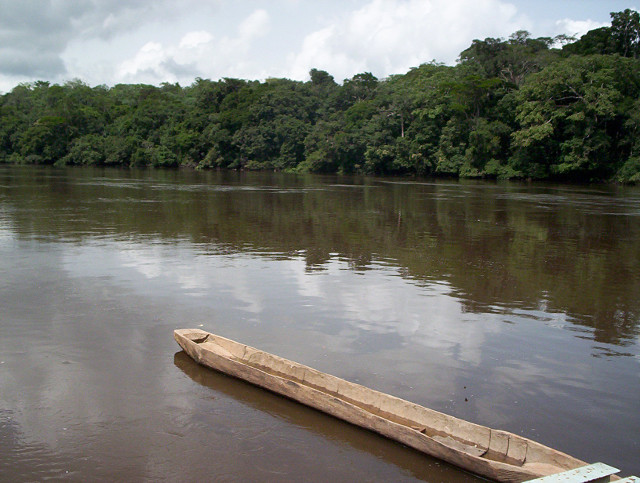Cameroon is often called “Little Africa” because it contains the diversity of all of Africa within its borders. It’s got varied terrain — volcanoes, beaches, savannahs, rainforests and rocky mountain ranges — as well as diversity of culture, including Christians, Muslims, pygmies, ancient chiefdoms and modern cities sharing its 475,000 square kilometers. Not to mention the vast amount of animals, plants and bird life: 409 species of mammals, 165 species of birds, and over 8,200 species of plants. Any way you look at it, it’s unique and unmissable — in fact, it’s said that if you haven’t been to Cameroon, you haven’t been to Africa.
1. It’s Not Clogged With Tourists
Despite being a peaceful and safe country that’s eminently hospitable to tourists, less than a million people visited Cameroon in 2012. Compare that to the almost two million who visited Kenya and nine million who went to South Africa, and you’ll understand why Cameroon is an ideal place to visit if you want an African experience without the crowds and high prices. The country may not be as prosperous or developed as the better-traveled ones, but you won’t be bored.
2. Mt. Cameroon
Mt. Cameroon erupts every 10 to 20 years and is the most active volcano in its chain. Eruptions here date back to the 5th century B.C. If you want to climb it, head to the cute colonial town of Buea and connect with a tour outfitter there — climbing takes three to four days total.
3. Korup National Park
This park is located in a steamy rainforest that is one of Africa’s oldest, and has astounding biodiversity: 400 species of trees, 300 species of birds, 174 reptiles and amphibians, and 140 types of fish. Natural geographical attractions include Mana Waterfall, Rengo Rock, Bat Cave, and Big Boulder. A trail network and series of self-catering camps make it easy for visitors to come and explore.
4. Stunning Beaches
If a beach trip is on your itinerary, Cameroon has some of the best around, with crystal clear water and fine, glistening white or black volcanic sand. Kribi and Limbe are the places to go for the best beaches, and with their proximity to fresh seafood, you’ll find outstanding fish in the restaurants.
5. The culture and music of Foumban
Located at the cultural nexus of west and north Africa, Foumban is a culturally unique town with German, French and Islamic influences. Visitors love the vibrant homegrown arts and music scenes, and sights such as the Grand Marche, the Grand Mosque, and the palace that houses the 19th Sultan of Bamoun. A fun time to visit is around the Islamic holiday of Eid, when Muslim ceremonial customs and traditional Bamoun ceremonies take place side by side.
6. The Baka Pygmies
This tribe of small-statured people have lived virtually the same way in the southern rainforests of Cameroon since paleolithic times. Visitors can meet the Baka and learn about their cultural and medicinal traditions on organized tours.
7. Mangrove Nature Trail
Just south of Limbe is the Bimbia Rainforest and Mangrove Trail. Here, guides can lead you on day trips through these marshy lowlands, which are full of submerged trees, a huge array of birds, and even old slave trading sites.
8. Waza National Park
Waza National Park in northern Cameroon (also known as Parc National de Waza) is the perfect place for a west African safari. You’ll see giraffes, lions, gazelles, hartebeests, water buffalo, hyenas and more. Viewing is best during the dry season, when animals emerge in search of water.
9. Limbe Botanic Garden
See mango, cinnamon, nutmeg and other botanicals in their natural state, as well as a mystery tree that locals call the “African Viagra.” Originally an agriculture center in the early 1900s, today the gardens focus on conservation, education, science and tourism. The gardens are a perfect side trip en route to Limbe’s fantastic beaches.
10. Yaounde and Douala
Both the high-elevation capital and the rough-edged coastal metropolis are worthy of a day or two of sightseeing, if you can swing it. Yoounde has a smattering of ancient monuments, museums and markets, while coastal Douala, the frenetic commercial hub of the country, has a buzzing dining and nightlife scene.
11. Tea plantation
Have you ever wondered where your tea comes from? Wonder no more as you take a tour of the Tea Plantation Factory, located in Limbe. Set amid acres of manicured tea bushes against a remarkable mountainous backdrop, you can watch as the tea leaves get sorted, ground and then dried. And at the end of the tour, you’re rewarded with a cup of tasty oolong and biscuits.
12. Limbe Wildlife Centre
The Limbe Wildlife Centre is a wonderful example of an animal sanctuary done well. Jointly run by the Ministry of the Environment and the primate charity Pandrillus, it contains rescued chimpanzees, gorillas, drills and other primates, all housed in large enclosures where you can see them. There is lots of interesting information about local conservation issues and the staff are well informed and happy to chat.
13. Mandara Mountains
Cameroon is home to a volcanic mountain chain called the Mandara in which he highest peak is Mt Oupay. Hiking tours lasting for several days are popular in this area and can be organised by local agencies. If you visit the village of Maba, you can see into neighbouring Nigeria. Be sure to keep an eye out for Kapsiki Peak, near Rhumsiki, as it is one of the most photographed parts of the Mandara Mountains. You can’t miss it as it juts out of the landscape.
14. Bénoué Park
As a UNESCO designated biosphere reserve, this park is home to a multitude of wildlife, including baboons, antelopes, buffalo, elands, warthogs and crocodiles. There are also lions, part of the endangered West African lion population. The park is known primarily for its hippos.
15. Dja Faunal Reserve
Another UNESCO World Heritage site, this reserve is a protected rain forest, with an incredible 90% of the area undisturbed by man. The Dja River guards the reserve and creates a natural barrier against the outside world. Five endangered species are protected within the confines of the reserve.
Related content on AFKTravel:
10 Things You Didn’t Know About Cameroon
15 Incredible Tours In Cameroon
Captivating Cameroon: 15 Coolest Things To Check Out
Want to discover the finer side of Africa? Sign up for our weekly newsletter.

